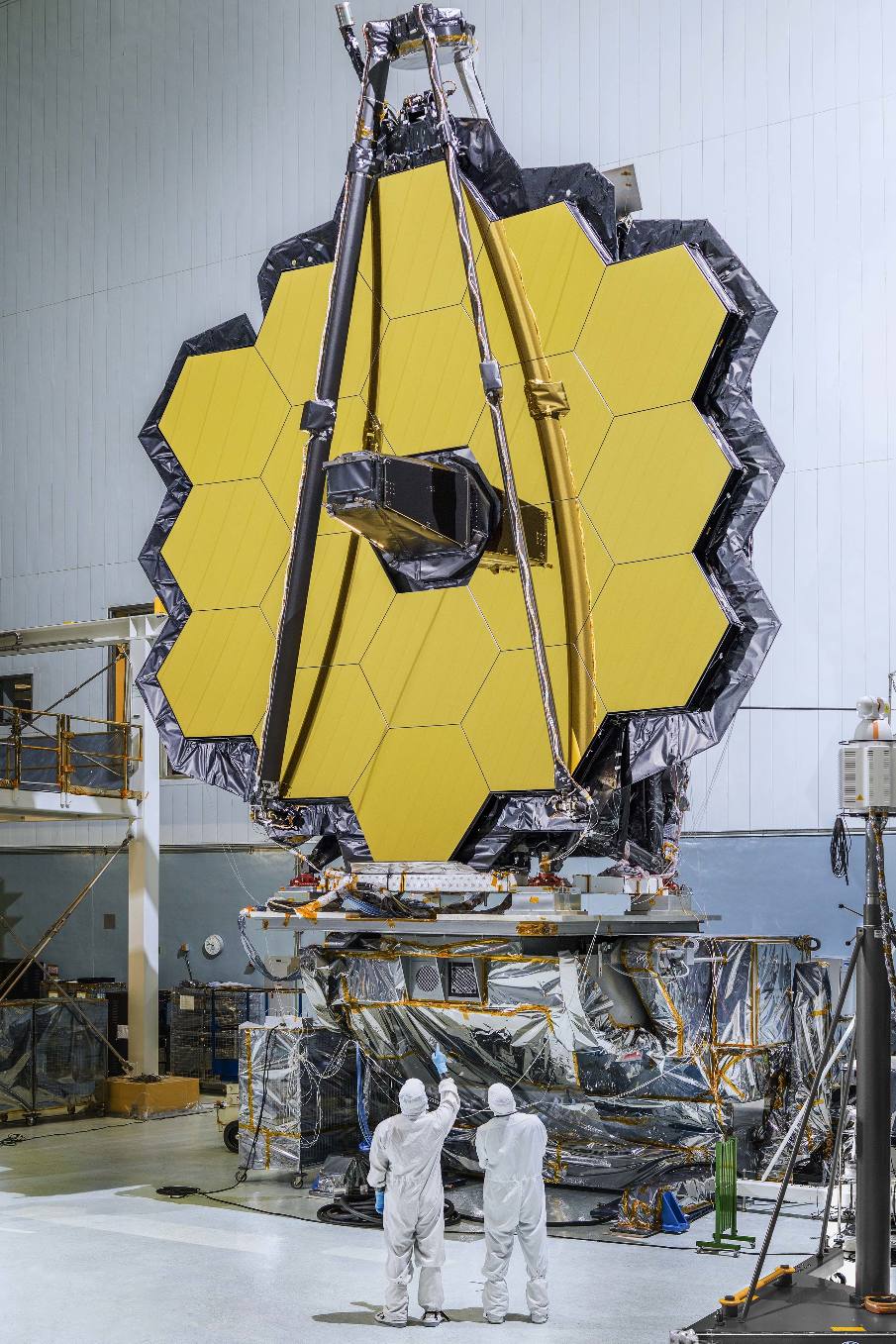

"It's going to do amazing things, things we've never been able to do before, as we peer into other galaxies and see light from the very dawn of time," he said in a statement. In other words, Young said, he is 80 percent confident the observatory can be safely launched by the new target date, but only if NASA follows through and implements all of the panel's recommendations and only if no other major problems crop up.īut, Young stressed, the review board "believes that JWST should continue because of the compelling science and because of JWST's national importance." Not surprisingly, NASA Administrator Jim Bridenstine agreed, saying JWST is "vital to the next generation of research beyond NASA's Hubble Space Telescope." No allowance has been made for additional errors and embedded problems with multi-month impacts, additional sunshield deployments beyond the currently planned two or removal of a spacecraft subsystem or science instrument." "Our recommended March 2021 launch date assumes the successful implementation of the recommendations in our report.


"The complexity and risks cannot be overestimated. "JWST is an observatory with incredible capability, awesome scientific potential and significant complexity, risk and first-time events," he said. The panel made more than 30 recommendations, estimated the additional cost at around $1 billion and recommended moving the launch date out to March 2021. NASA managers announced the launch delay and additional costs based on an independent review chaired by Thomas Young, a widely respected aerospace engineer and executive. The Thirty Meter International Telescope, with a mirror nearly 100 feet across, is expected to cost around $2 billion. To put the projected cost of the JWST in context, the cost of the European Southern Observatory's Extremely Large Telescope, with a gargantuan 130-foot-wide mirror, the largest in the world, is expected to run around $1.3 billion by the time it goes on line in 2024. The James Webb Space Telescope's optical system and instruments were tested in a giant Apollo-era vacuum chamber late last year at the Johnson Space Center in Houston. Another $800 million was earmarked to pay for operations over five years.

It’s most notable feature, a yellow-colored hexagonal mirror system, measuring about 6.5 metres in diameter, gives it a wider and deeper view allowing it to observe objects further away compared to other observatories.Through March of this year, NASA had spent more than $7.3 billion on the project since it was first proposed in 1995 and was budgeting about $8 billion to complete the observatory and launch it atop a European Space Agency Ariane 5 rocket in May 2020. Armed with four main instruments, including spectrographs and cameras, the JWST will mainly operate across infrared wavelengths. It will be the most advanced telescope to observe the heavens yet, once it finally gets to space. Hubble Space Telescope to switch to backup memory module after instrument computer halts.31-year-old piece of hardware not working very well: Hubble telescope back in safe mode over 'synchronization issues'.James Webb Space Telescope penciled in for launch this century.James Webb Space Telescope completes its voyage to French Guiana.NASA hoped to finally send the observatory to the cosmos on Halloween this year, but ended up pushing the launch back by a few months to December. It was finally put together in 2019, though work was temporarily halted by the COVID-19 pandemic. The project, however, morphed and stalled as scientists redesigned the instrument, and costs increased from $500m to $10bn. Development work on the space telescope began in 1996 with a target launch date in 2007. The JWST has been plagued with multiple delays.


 0 kommentar(er)
0 kommentar(er)
